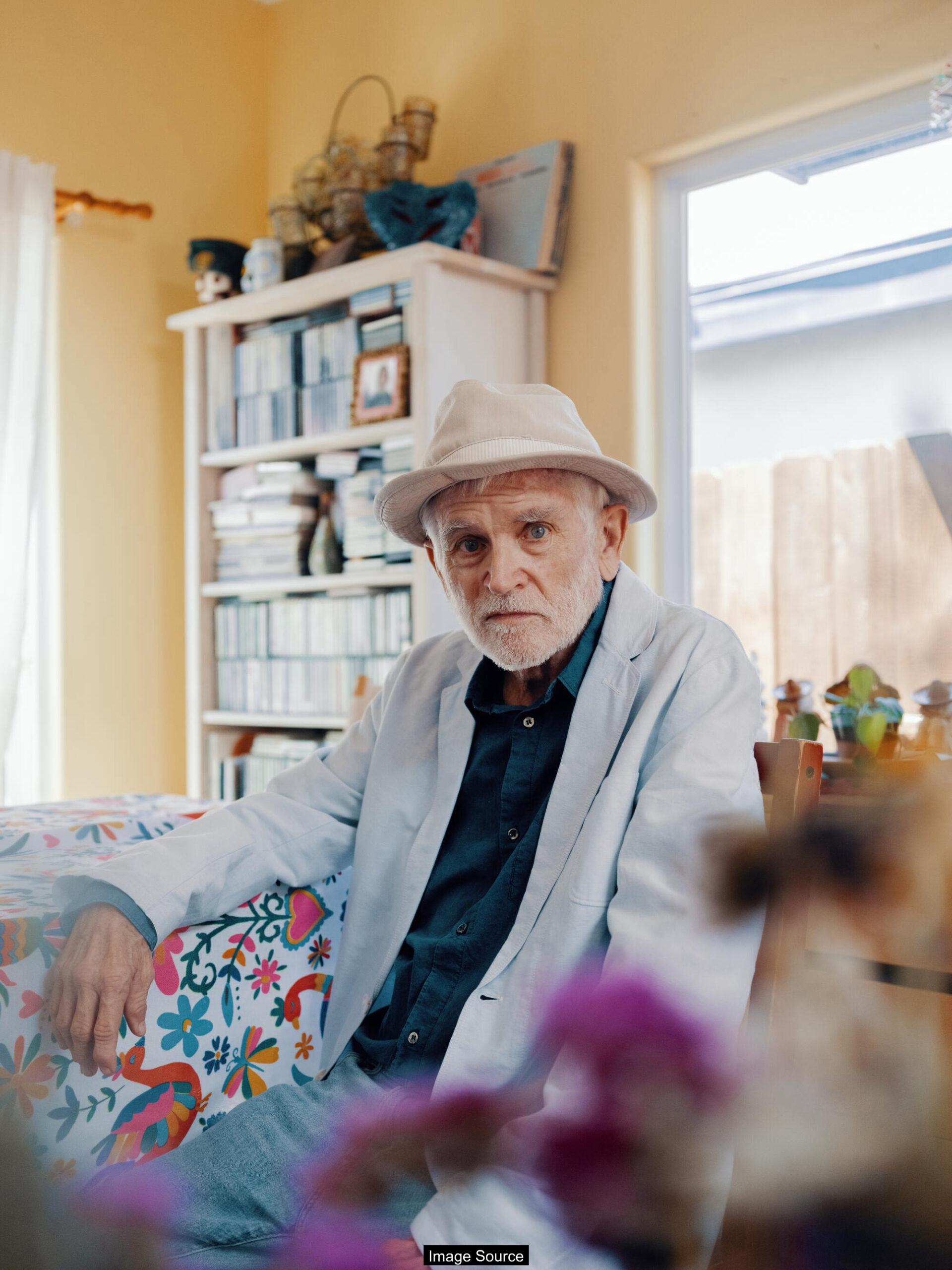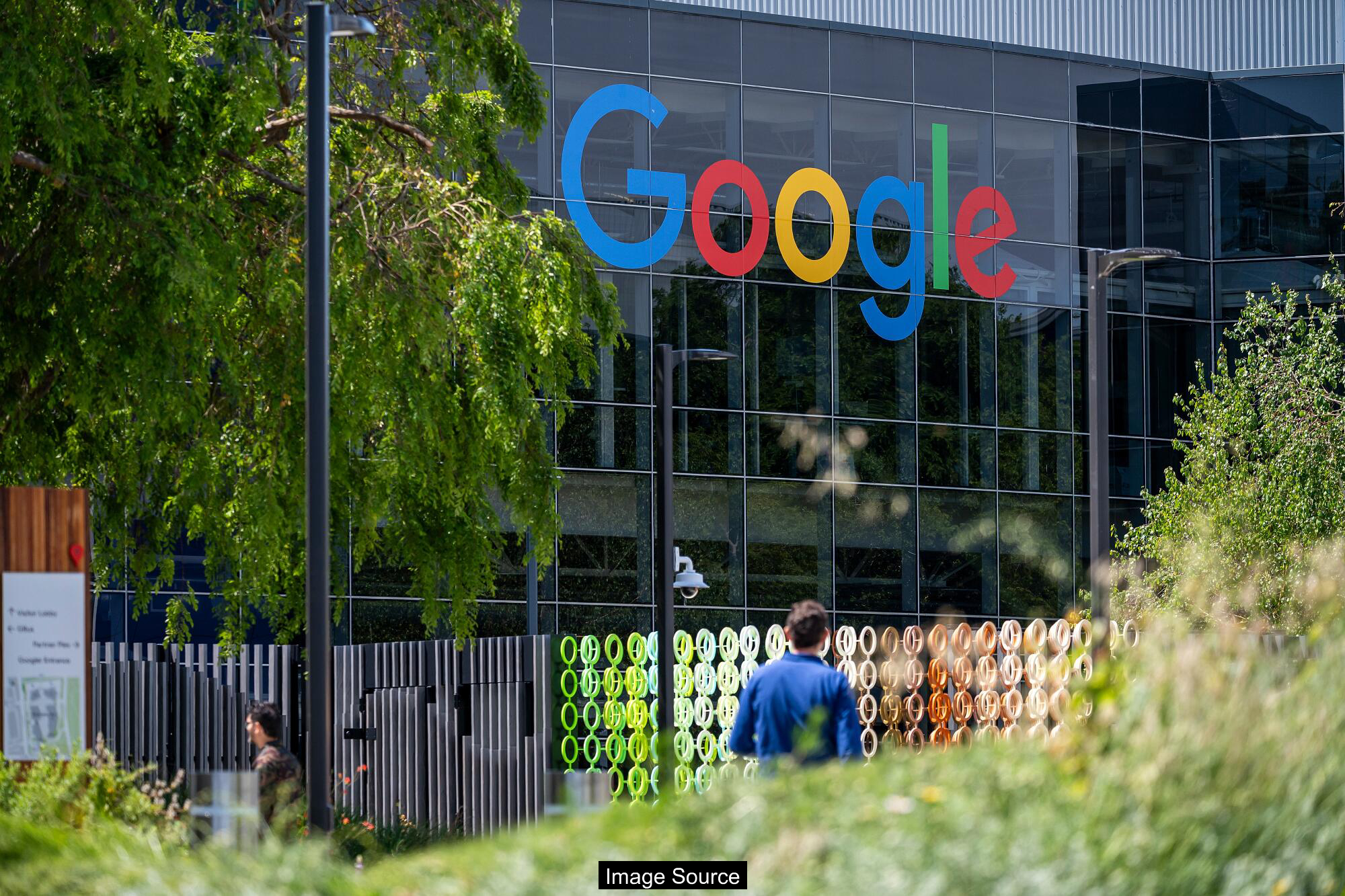Los Angeles continues to evolve as a complex urban landscape, with local writers increasingly examining its shifting social and cultural dynamics. A new wave of literary voices is delving into the city’s potential for reimagining urban life, exploring themes of diversity, technological change, and environmental adaptation. These narratives seek to capture the nuanced transformations happening across L.A.’s neighborhoods and communities.

Los Angeles in Fiction and Imagination
Los Angeles has long been a captivating subject for novelists and filmmakers, often reimagining the city’s reality through creative lenses. Filmmakers like Robert Towne and Ridley Scott have dramatically transformed the city’s narrative, shifting timelines and atmospheric conditions to suit their artistic visions. These creative interpretations have contributed to a complex mythology surrounding Los Angeles, blending historical elements with speculative imagination.
The city’s portrayal in media often oscillates between dystopian and utopian perspectives, reflecting deep-seated anxieties and aspirations about urban life. Writers and directors have consistently used Los Angeles as a canvas to explore themes of social transformation, technological advancement, and environmental challenges. This ongoing narrative construction reveals more about collective cultural fears and hopes than actual urban realities.

Predicting Urban Futures
Nonfiction writers and scholars have been equally fascinated with projecting Los Angeles’s future, typically adopting either elegiac or apocalyptic tones. Influential writers like Mike Davis have critically examined the city’s social dynamics, highlighting emerging trends of urban isolation, security obsession, and economic stratification. Davis’s work, particularly ‘City of Quartz’ and ‘Ecology of Fear’, provided penetrating analyses of Los Angeles’s potential trajectories.
Predictive writings about Los Angeles often fall into a common trap of extrapolating current conditions into future scenarios. Writers like Louis Adamic and Morrow Mayo attempted to forecast population growth and urban character, but their predictions frequently missed nuanced societal shifts. Their perspectives were invariably shaped by the specific historical moments in which they were writing, demonstrating the inherent challenge of accurately predicting urban evolution.

Environmental and Economic Challenges
Water scarcity and resource management have been persistent themes in Los Angeles’s developmental narrative. Writers like Marc Reisner critically examined the region’s water politics, highlighting the economic and ecological challenges inherent in sustaining urban growth in an arid environment. His work ‘Cadillac Desert’ exposed the unsustainable practices of water allocation and consumption.
The economic landscape of Los Angeles has also been marked by dramatic transformations. Industries like aerospace, once considered permanent fixtures, experienced significant declines, challenging earlier predictions about the city’s economic stability. These shifts underscore the dynamic and unpredictable nature of urban economic ecosystems, where seemingly entrenched industries can rapidly disappear.
Despite these challenges, Los Angeles continues to demonstrate remarkable resilience. The city’s ability to adapt, reinvent, and absorb diverse populations has been a consistent theme in its developmental story. Angelenos have repeatedly shown an capacity to navigate complex social, economic, and environmental transitions, suggesting that the city’s future will be characterized by continued innovation and transformation.
Source: latimes.com